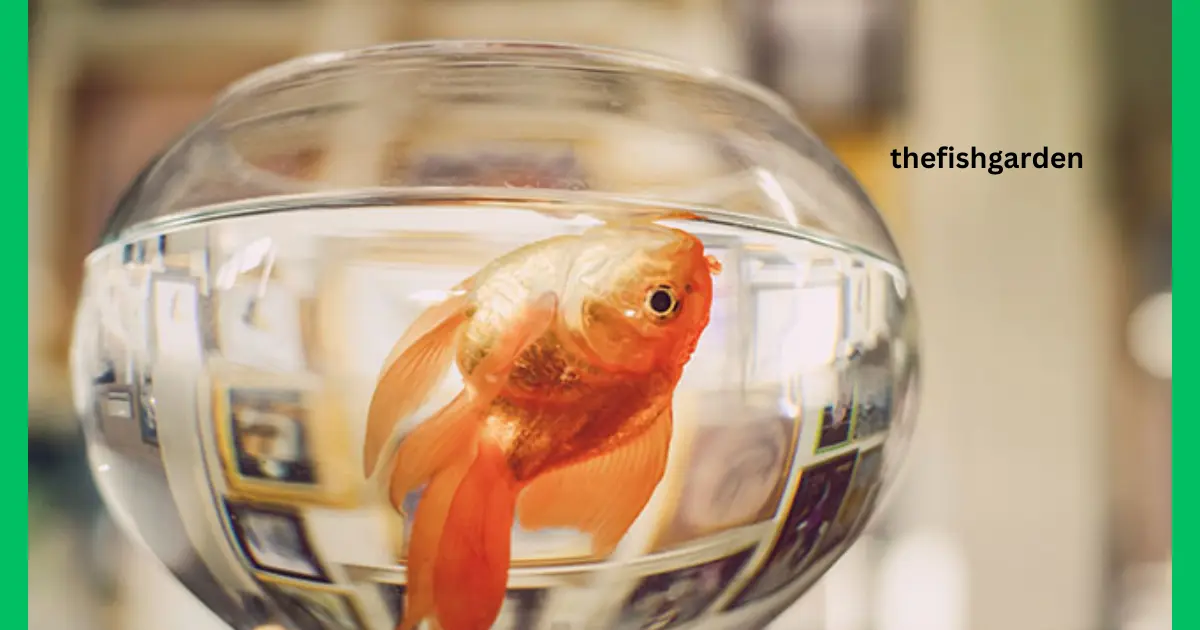When a fish dies in your aquarium, it’s crucial to properly sterilize the tank to maintain the health of the remaining fish and the overall ecosystem. Here’s a comprehensive guide on how to effectively sterilize your fish tank after such an unfortunate event.
Understanding the Importance of Sterilization
Why is it Necessary
After a fish dies, its body starts to decompose rapidly, releasing harmful bacteria and toxins into the water. If not addressed promptly, these contaminants can endanger the lives of other fish and disrupt the delicate balance of your aquarium ecosystem.
Risks of Neglecting Sterilization
- Water Contamination: Decomposing fish release ammonia and other toxins, leading to a spike in water pollution.
- Disease Spread: Bacteria and pathogens thrive in decaying matter, increasing the risk of infections among remaining fish.
- Algae Bloom: Nutrient-rich decomposing matter promotes algae growth, further compromising water quality.
Steps to Sterilize a Fish Tank
Follow these steps to effectively sterilize your fish tank and ensure the well-being of your aquatic pets:
Remove the Dead Fish
Carefully remove the deceased fish from the tank using a net or scoop to prevent further contamination.
Clean the Tank
Scrubbing:
Use a non-toxic aquarium scrubber to clean the tank walls, decorations, and gravel thoroughly. Remove any visible traces of waste or algae.
Water Change:
Perform a partial water change, replacing around 25-50% of the water with fresh, dechlorinated water. This helps dilute toxins and restore water quality.
Filter Maintenance
Clean or replace the aquarium filter media to remove any debris or organic matter trapped in the filter. A clean filter promotes efficient water circulation and filtration.
Sterilization Techniques
a. Heat Treatment:
Raise the water temperature to 80-85°F (27-29°C) for 24-48 hours. High temperatures help kill off bacteria and parasites present in the water.
b. Bleach Solution:
Prepare a diluted bleach solution (1 part bleach to 19 parts water) and carefully disinfect all aquarium equipment, decorations, and substrate. Rinse thoroughly with water to remove any residual bleach.
Restocking the Tank
Wait for at least 24-48 hours after sterilization before reintroducing any fish into the tank. Monitor water parameters closely to ensure stability before adding new inhabitants.
Conclusion
Proper sterilization of a fish tank after a fish dies is crucial for maintaining water quality and safeguarding the health of remaining fish. By following the steps outlined in this guide and adhering to best practices, you can effectively remove contaminants and restore balance to your aquarium ecosystem. Remember to monitor water parameters regularly and seek professional advice if needed to ensure a clean and thriving aquatic environment.
FAQ Section
How long should I wait before restocking the tank after sterilization?
It’s advisable to wait for 24-48 hours after sterilization to ensure that water parameters stabilize and any residual toxins dissipate.
Can I use household cleaning products to sterilize the tank?
No, household cleaning products contain chemicals that are toxic to fish. Stick to aquarium-safe cleaners or diluted bleach solutions for sterilization.
Will sterilization harm beneficial bacteria in the aquarium?
While sterilization methods like heat treatment may temporarily disrupt the beneficial bacteria colony, they typically recover quickly. Monitor water parameters and consider using bacterial supplements if necessary.
Do I need to remove live plants during sterilization?
Live plants can harbor bacteria and parasites, so it’s advisable to remove them during sterilization. Quarantine them separately and inspect for any signs of disease or pests before reintroducing them to the tank.
How often should I sterilize my fish tank?
Sterilization is typically necessary only in specific situations like fish deaths or disease outbreaks. Regular maintenance practices such as water changes and filter cleaning are usually sufficient to maintain a healthy aquarium environment.
